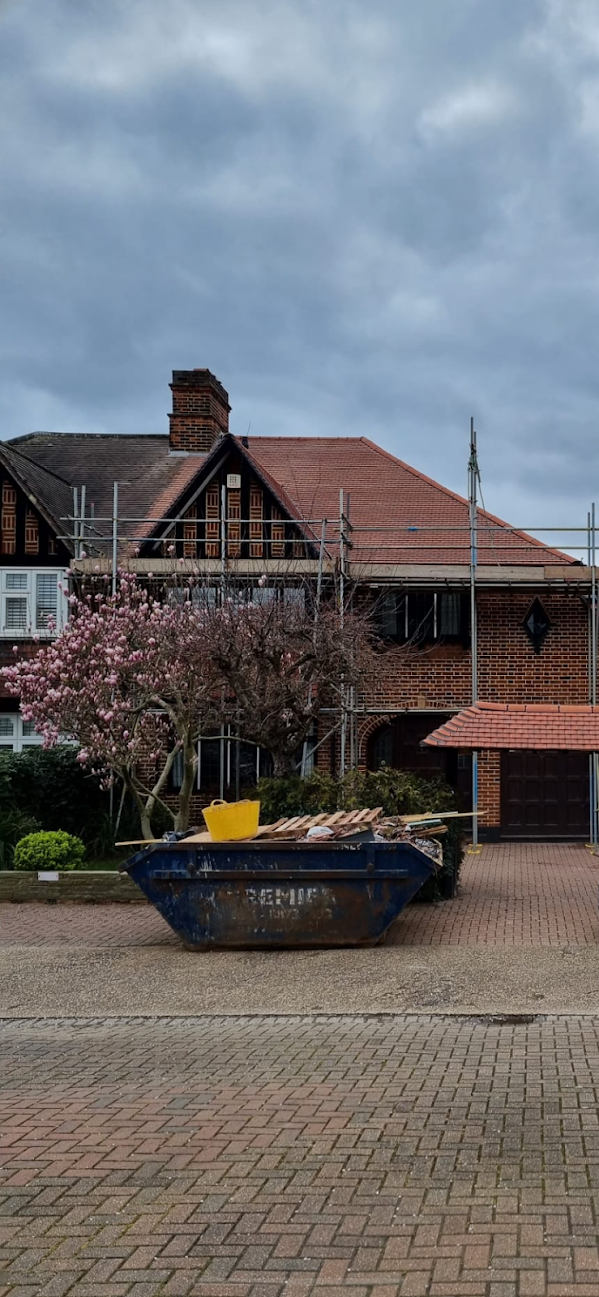+44 7853 968135
How often should you replace soffits and fascias?
Understanding when to replace your soffits and fascias is crucial for maintaining your home’s structural integrity and preventing costly water damage. These essential roofline components typically require replacement every 15-25 years, though various factors can significantly influence this timeframe.
The replacement frequency depends on several key considerations including material quality, local weather conditions, maintenance history, and installation standards. Recognising the warning signs early can save homeowners thousands of pounds in potential structural repairs.
What is the Life Expectancy of Soffits and Fascias?
The lifespan of soffits and fascias varies considerably based on the materials used and environmental conditions they face. UPVC soffits and fascias generally last between 20-25 years when properly installed and maintained, making them the most durable option for UK homes.
Timber soffits and fascias typically require replacement every 10-15 years, particularly in areas with high rainfall or coastal exposure. The natural material is susceptible to rot, insect damage, and weathering, which accelerates deterioration compared to synthetic alternatives.
| Material Type | Average Lifespan | Maintenance Requirements | Weather Resistance |
|---|---|---|---|
| UPVC | 20-25 years | Minimal – occasional cleaning | Excellent |
| Timber | 10-15 years | High – regular painting/treatment | Moderate |
| Aluminium | 25-30 years | Low – periodic inspection | Excellent |
| Composite | 15-20 years | Moderate – annual checks | Good |
Need some Support with your Fascia and Soffits? Speak with a member of our Professional Fascia and Soffits Team here

How Do I Know if My Soffits Need Replacing?
Several clear indicators signal that your soffits require immediate attention or replacement. Visible sagging, cracks, or gaps in the soffit boards indicate structural weakness that compromises your roof’s ventilation system and allows moisture penetration.
Pest intrusion through damaged soffits is another critical warning sign that demands prompt action. Birds, rodents, and insects can exploit even small openings, leading to further damage and potential health hazards within your roof space.
Water stains or discolouration on soffit boards typically indicate inadequate drainage or gutter problems that have caused moisture damage. Peeling paint on timber soffits, particularly at joints and edges, suggests the protective coating has failed and underlying wood may be compromised.
When Should Soffit and Fascia Be Replaced Together?
Replacing soffits and fascias simultaneously is almost always the most cost-effective and practical approach. Since both components work together to protect your roofline and are typically accessed using the same scaffolding setup, combined replacement reduces labour costs significantly.
The interdependent nature of these components means damage to one often affects the other. When fascia boards deteriorate, they can no longer properly support guttering systems, leading to water overflow that damages adjacent soffits and potentially causes internal property damage.
| Replacement Scenario | Cost Efficiency | Disruption Level | Long-term Benefits |
|---|---|---|---|
| Combined Replacement | High | Moderate | Maximum protection |
| Fascia Only | Moderate | Low | Temporary solution |
| Soffit Only | Low | Low | Incomplete protection |
| Phased Replacement | Low | High | Increased overall cost |
Aesthetic consistency is another compelling reason for simultaneous replacement. New components alongside weathered existing materials create an uneven appearance that can negatively impact your property’s kerb appeal and value.
What is the Average Cost to Replace Soffit and Fascia?
The cost of replacing soffits and fascias in the UK varies significantly based on property size, material choice, and regional labour rates. For a typical three-bedroom semi-detached house, homeowners can expect to pay between £1,500-£3,500 for complete UPVC replacement including guttering.
Material costs represent approximately 30-40% of the total project expense, with labour and scaffolding comprising the remaining portion. Premium materials like composite or aluminium can increase costs by 25-50%, though they often provide superior longevity and reduced maintenance requirements.
According to UK building regulations, all soffit and fascia work must comply with current ventilation standards, potentially requiring additional components that affect overall project costs. Professional installation ensures compliance with these requirements and typically includes guarantees ranging from 10-25 years depending on materials chosen.
Regional variations significantly impact pricing, with London and Southeast England commanding premium rates compared to northern regions. Obtaining multiple detailed quotations from reputable contractors helps ensure competitive pricing whilst maintaining quality standards.
Planning Your Soffit and Fascia Replacement Project
Proper planning ensures your soffit and fascia replacement project runs smoothly and delivers lasting results. The optimal timing for replacement work is during dry weather periods, typically late spring through early autumn, when conditions favour both material performance and worker safety.
Choosing the right contractor is crucial for project success and long-term satisfaction. Reputable installers should provide detailed written quotations, comprehensive insurance coverage, and examples of recent similar projects in your area.
Before commencing work, ensure all necessary approvals are in place if your property falls within a conservation area or has listed building status. The Planning Portal provides comprehensive guidance on whether planning permission is required for your specific circumstances.
Key project considerations include:
Need Help with Fascia and Soffit Matters? Talk to one of our Fascia and Soffits Experts today!
How Often Should You Replace Soffits and Fascias: Frequently Asked Questions
Regular maintenance including annual cleaning and inspection significantly extends component lifespan by identifying issues before they become serious problems. Keeping gutters clear and ensuring proper drainage prevents water damage that commonly causes premature failure.
UPVC components typically cost 20-30% more initially but offer superior longevity and virtually maintenance-free performance over their lifetime. The reduced need for regular painting and treatment often makes UPVC more economical long-term.
Working at height with proper scaffolding requires significant expertise and safety equipment, making professional installation advisable for most homeowners. Incorrect installation can void material warranties and potentially cause costly damage.
Neglecting damaged components allows water penetration that can cause extensive structural damage including rafter rot, internal dampness, and compromised roof integrity. Early intervention prevents these costly complications.
Properly installed and ventilated soffits play a crucial role in roof ventilation, preventing condensation buildup that can affect insulation performance. For detailed information about building ventilation requirements, visit the Building Regulations guidance on Wikipedia.
Replacing guttering simultaneously with fascias is highly recommended as both components are interdependent and accessed using the same scaffolding setup. This approach reduces overall project costs and ensures complete system compatibility.
Optimal installation occurs during dry periods with minimal wind, typically avoiding winter months when adverse weather can compromise material performance and worker safety. Planning work during favourable conditions ensures better results and shorter project duration.
Reputable installers typically offer 10-year guarantees on workmanship with material warranties ranging from 15-25 years depending on the components chosen. Ensure warranty terms are clearly specified in writing before work commences.
Partial replacement may provide temporary solutions for minor localised damage, though it often proves less cost-effective than comprehensive renewal. The underlying issues causing damage frequently affect adjacent areas within a short timeframe.
Fascia board depth should match existing roofline proportions and provide adequate support for your chosen guttering system. Standard depths range from 150mm to 250mm, with deeper boards offering enhanced visual impact and structural support.
All work must comply with current building regulations regarding ventilation, fire safety, and structural integrity. The UK Government’s building regulations provide comprehensive guidance on compliance requirements.
Composite materials made from recycled content offer environmentally conscious alternatives with good durability characteristics. Some manufacturers also provide recycling programmes for old UPVC components at replacement time.
Older properties may require additional structural work if existing timber supports show signs of deterioration, potentially increasing project scope and costs. A thorough pre-installation survey identifies any underlying issues requiring attention.
Annual inspections should focus on checking for loose fixings, clearing debris from ventilation gaps, and ensuring gutters remain properly aligned with fascia boards. Addressing minor issues promptly prevents more serious problems developing.

